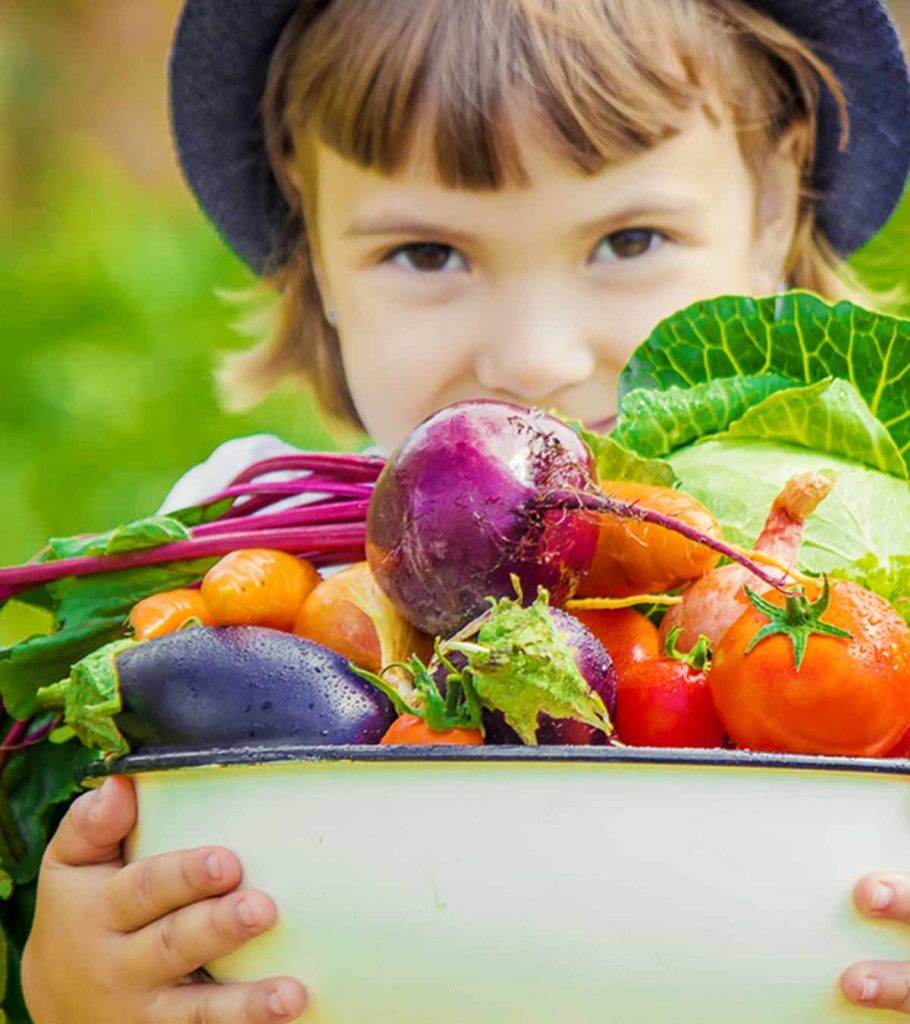



Article by: Hari Yellina
Norwegian primary and secondary school students, who presently eat 42 000 pieces of fruit and vegetables per day at school, will see their daily allowance boosted to 65 000 pieces of fruit and vegetables. Tore Angelsen, project head for the Norwegian government-funded School Fruit and Vegetable programme, believes that by the start of the new school year in August, consumption will have returned to pre-pandemic levels. Over 600 schools in Norway have participated in the Norway school fruit and vegetable initiative, which has touched primary and secondary students from 1st to 10th grades. The Norwegian government funds this long-running effort, which costs around 21 million Norwegian Kroner (almost €2 million) per year.
It has two primary markets, one that is voluntarily and partially funded by parents in order for their children to have access to fruit. Municipalities pay for the other market. Apples, pears, bananas, small packets of carrots (pupils prefer these over huge carrots), oranges, kiwi, and peaches are among the fruits included in the children’s fruit basket. They make an effort to stock local Norwegian products alongside fruit from Italy, Poland, the Netherlands, Spain, and other parts of Europe. Kiwi fruit is brought in from both New Zealand and Italy. “In Oslo, the municipality provides free fruit to students in grades 8-10 three days a week. Over the last two years, we’ve seen a drop in participation due to the Coronavirus.
We expect it to return in August. Pupils were absent from school, and schools were scared to have the fruit on hand for fear of exposing more students to the illness. Schools also had to put in more effort, such as ensuring that students washed their hands as well as the fruit. There was just so much more paperwork to be completed.” “We consume 42 000 pounds of fruit and vegetables at school, mostly on a daily basis.” From August onwards, we intend to increase the amount of fruit consumed at school to 65 000, which would be comparable to pre-Covid levels. Fruit is usually given for each child for about five days a week, however some schools choose to have it accessible for fewer days.
In certain schools, participation ranges from 20 to 25 percent, whereas in others, up to 40 percent of students are enrolled. Where towns purchase school fruit, it is provided to all students for free. Fruit is available to anyone who wants it. “In this instance, up to 90% of the students will eat the fruit,” Angelsen explains. He claims that the majority of government funds are utilised to subsidise the cost of fruits and vegetables. The fruit must not be too pricey for the parents, according to the Norwegian health authorities. “Many of them are pleased with the programme and are ready to participate so that their children can obtain a portion of the recommended five fruits and vegetables per day.”
An extensive promotional campaign to encourage youngsters to eat fruits and vegetables is part of the fruit and vegetable programme. This includes school-based activities such as artistic posters, social media, and other initiatives. “We have grapes and blueberries on occasion, but because these fruits are pricey, we only supply them twice during the semester; we can’t have them that often.” Fruit and vegetables are imported and sourced from local Norwegian growers. Where the fruit is imported is decided by the local wholesalers. For all of the fruit, we have a set standard in mind. They choose where to import from as long as the quality criterion is met. We have agreements with wholesalers, and they decide where the product will be purchased. As long as the quality standards are met. In the season they should have Norwegian apples to support local produce,” concludes Angelsen.